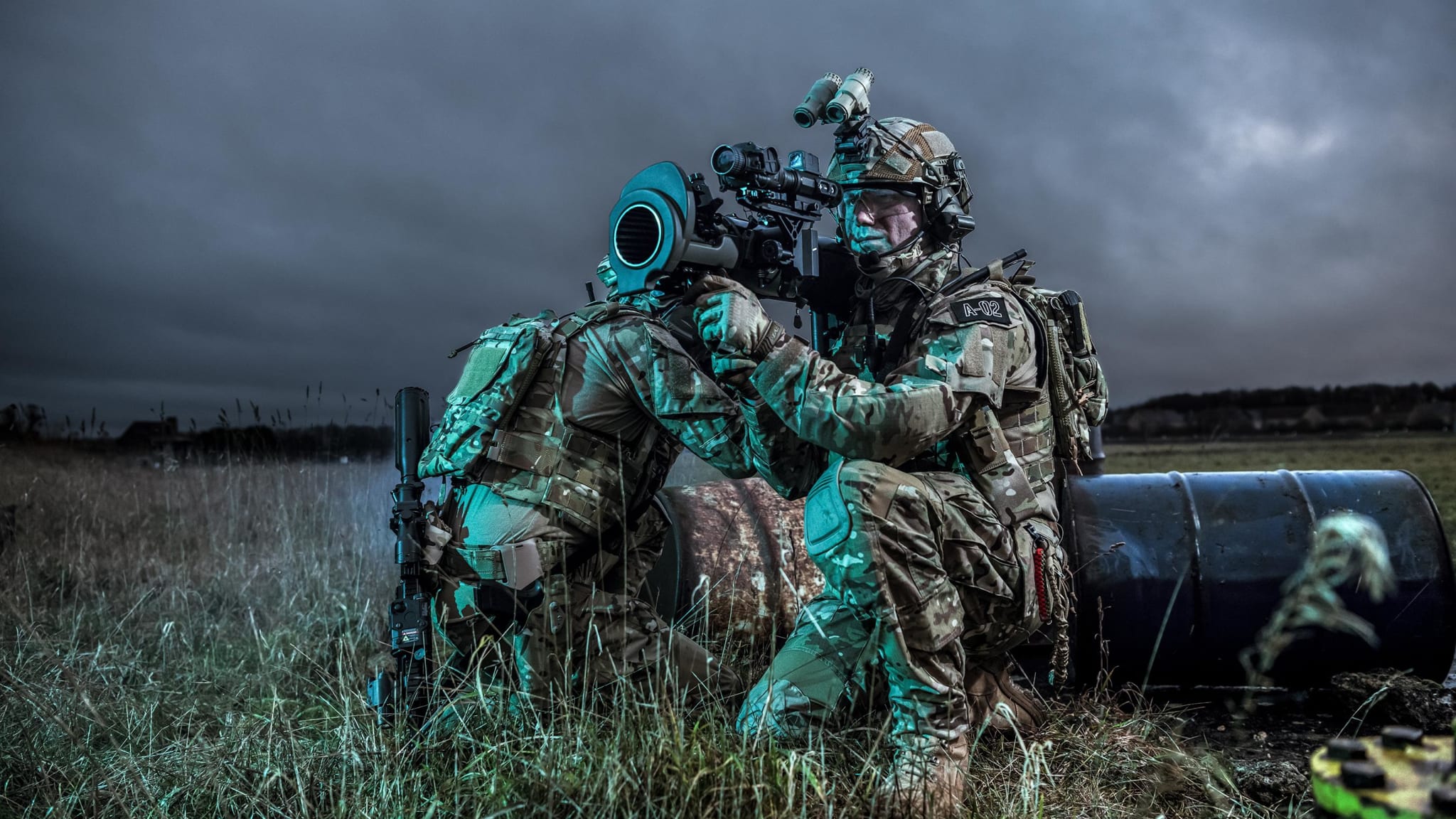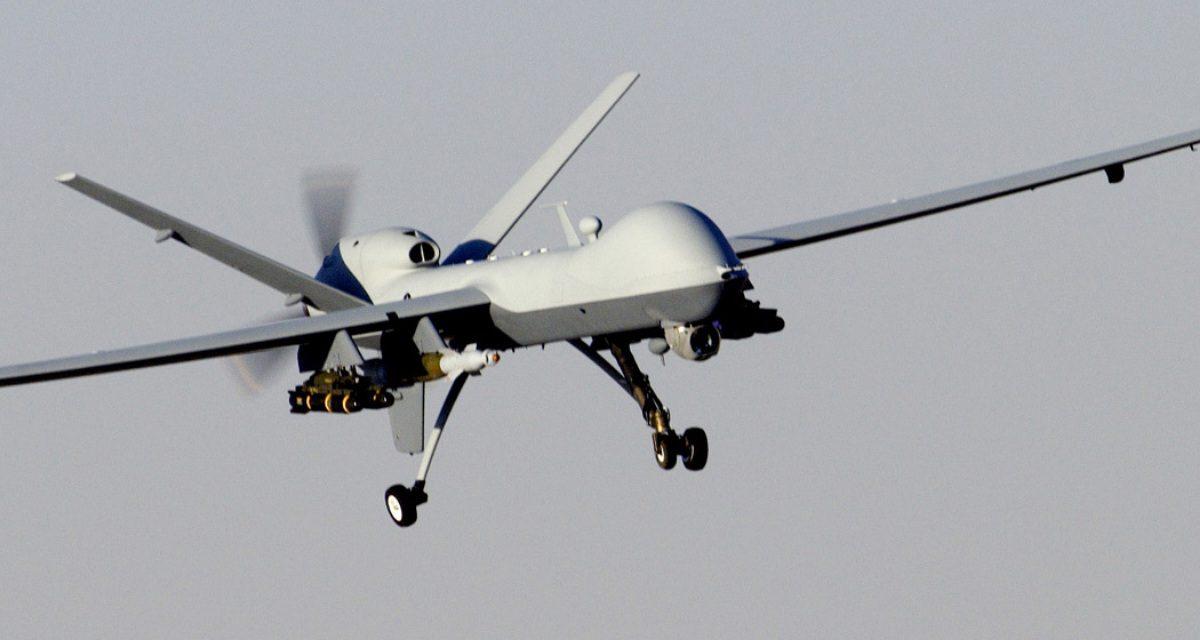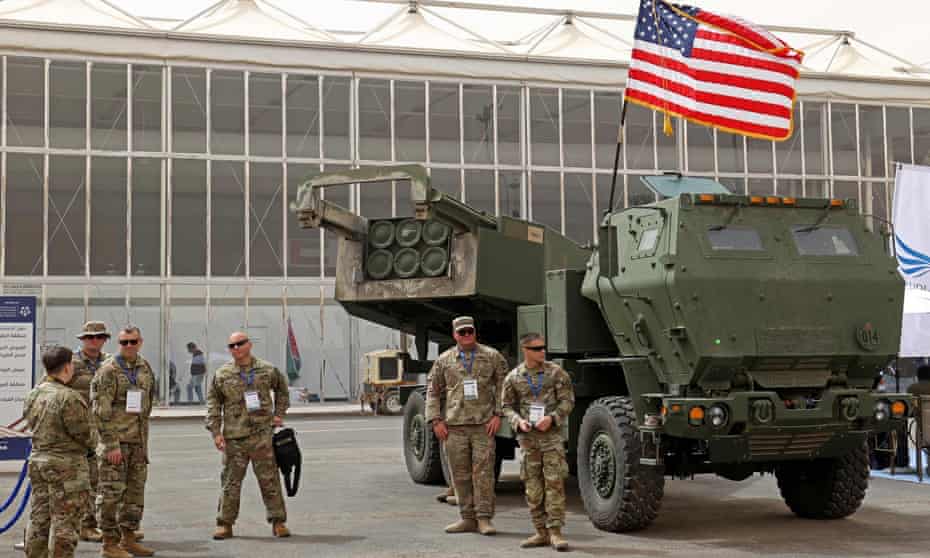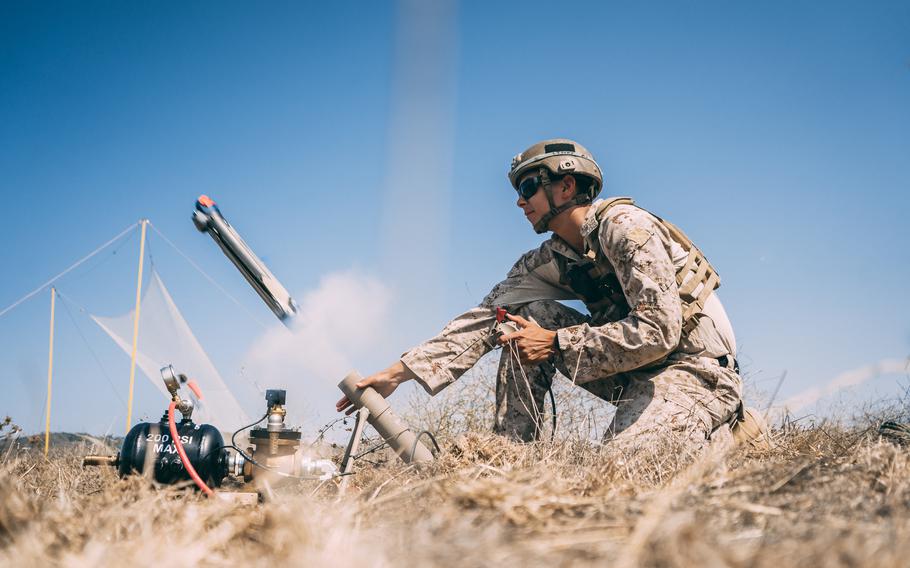Andrea Kendall-Taylor and Michael Kofman

The war in Ukraine has undoubtedly tarnished Russia’s standing as a great power.
Russia’s botched invasion of Ukraine, involving a retreat from Kyiv and many tactical blunders, has severely damaged the image of its military as a capable fighting force. The harm is more than reputational: Three months of fighting has dealt Russia heavy losses of troops and equipment. At home, meanwhile, sanctions and export controls — as well as the exodus of Russia’s brightest minds — are hitting the country’s already lackluster economy.
As a result, many in America and Europe are eager to dismiss Russia as a Potemkin power whose exalted status is at an end. Militarily battered and saddled with sanctions that some in Washington suggest are designed to weaken Russia, the Kremlin seems to no longer warrant the worry previously expended on it. The threat Russia poses to the West, in this view, has foundered on Ukrainian soil.
Yet such an assessment is premature. Yes, President Vladimir Putin made a strategic blunder, leading to a military debacle and destroying decades of relative economic stability. But it’s far too soon to write Russia off. Despite its failures in Ukraine, Russia retains the capacity and the will to continue to seriously challenge the United States and Europe. Russia may be down, but it’s not out.
In the past three months, vivid images of destroyed Russian tanks have filled our screens. And it’s true that Russia’s army, over the past three months, has been mauled. Russia has lost approximately 25 percent of its active tank force, over 30 aircraft and more than 10,000 troops. While the exact number is unknown, the casualties are significant, and the Russian military will struggle to sustain the war without resorting to some form of conscription.
But appearances can be deceptive. After all, many of the army’s initial failures stemmed from Mr. Putin’s misplaced assumption that the war would be short and sharp: Russian troops were simply not prepared or organized for a serious campaign. Yet in recent weeks, as Russia revised its war aims to focus on the Donbas in Ukraine’s east, Russian forces have adapted and begun correcting some of their earlier incompetence. Russia has been making incremental gains, revealing Ukraine’s military position to be precarious in some areas.
What’s more, the war in Ukraine has done little to affect Russia’s more destructive military capabilities. It isn’t modernized Soviet tanks or Russia’s dated air force that most concern the United States and NATO; it’s Russia’s submarines, integrated air and missile systems, electronic warfare, antisatellite systems and diverse nuclear arsenal. These capabilities, which have gone almost completely untouched during the war, remain available to the Kremlin.
Russia is certainly suffering economically, but it will take many months for the brunt of sanctions, export controls and an attempted European move away from Russian energy to be felt by its citizens. For now, the Russian government’s coffers remain full: Its monthly exports, according to estimates, rose more than 60 percent in April compared to a year ago. Though dependent on the sale of oil and gas — often discounted and susceptible to European sanctions — that amounts to a vital source of income. Over time, Moscow may adapt.
In any case, the Russian military will be spared the full effect of economic contraction. Even in straitened times, the Kremlin has a habit of spending on arms rather than people: We can be sure that it won’t be the military budget that Mr. Putin cuts first. And though export controls will make it difficult for the country to produce weapons that rely on imported components, Russia’s defense industry has spent years adapting and finding ways to work around sanctions.
Internationally, too, Russia is not as isolated as we like to think. The United States and Europe have staged a united response to Russia’s invasion, and NATO, re-energized, will surely soon welcome Finland and Sweden to its ranks. Yet many regionally significant countries, such as India and South Africa, have longstanding ties to Russia that they are not currently prepared to abandon. Other countries, worried that economic sanctions will raise the cost of living and create instability within their borders, are refusing to pick sides. African countries, for example, have not imposed any sanctions on Russia, and the Middle East is hedging. And, of course, Russia can count on the continued support of China.
In Russia, there’s no reason to believe Mr. Putin’s regime is under immediate threat. The Kremlin’s moves to shut down independent media and outlaw dissent have sealed off the antiwar sentiment that greeted the invasion. There is also a sizable segment of the population that supports the war, buttressed by a torrent of hypernationalist rhetoric. Mr. Putin will have to find ways to sate those feelings and demonstrate that Russia is still a power to be feared.
That’s dangerous. The more vulnerable Mr. Putin feels, the more likely he is to resort to nonconventional tools, including cyberattacks, disinformation campaigns, covert operations and nuclear weapons. In the event of a confrontation with NATO, Russia will have few options other than nuclear escalation. This does not mean that Ukraine or its Western backers should pull any punches as they work to defeat Russia’s invasion. They should not. But America and its allies must remain prepared to manage the spectrum of challenges that Russia poses, however beleaguered by war it may be.
Russian power, it’s worth remembering, has gone through fitful cycles of stagnation, decline and resurgence; it would be wise to avoid triumphalism and complacency. Mr. Putin made a mistake but not necessarily a fatal one. As the historian Stephen Kotkin noted, Russia has a remarkable historical capacity for reconstitution. The West’s relatively brief respite from great power competition with Russia in the wake of the Cold War constitutes, he reminded us, “a historical blink of an eye.”














:quality(70)/cloudfront-us-east-1.images.arcpublishing.com/mco/5BJEMS4Z55DDDNRIM5JG67GHC4.jpg)